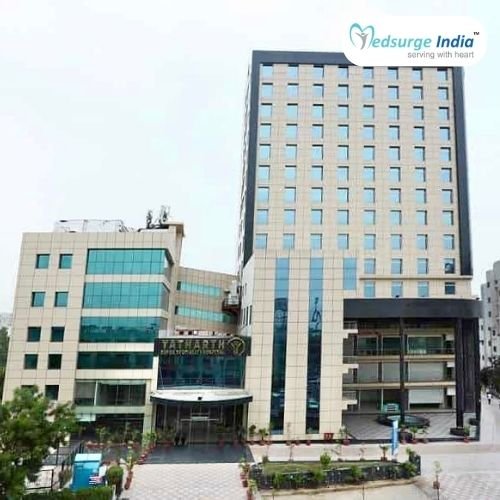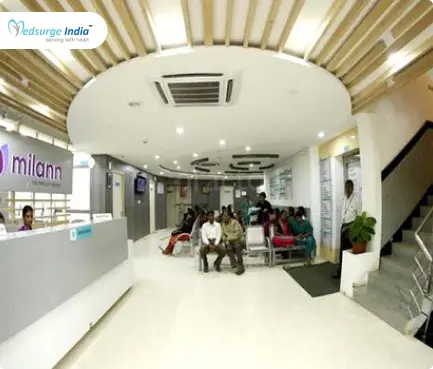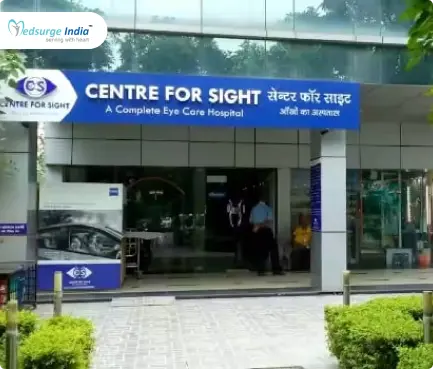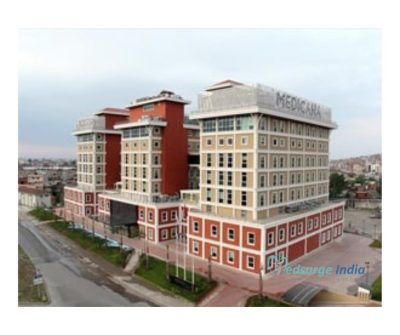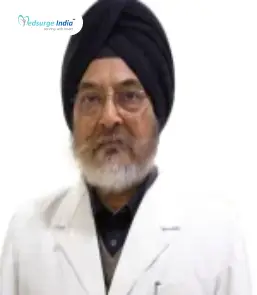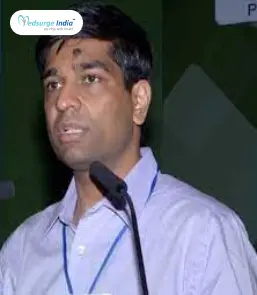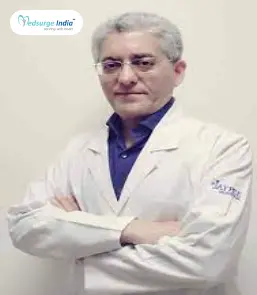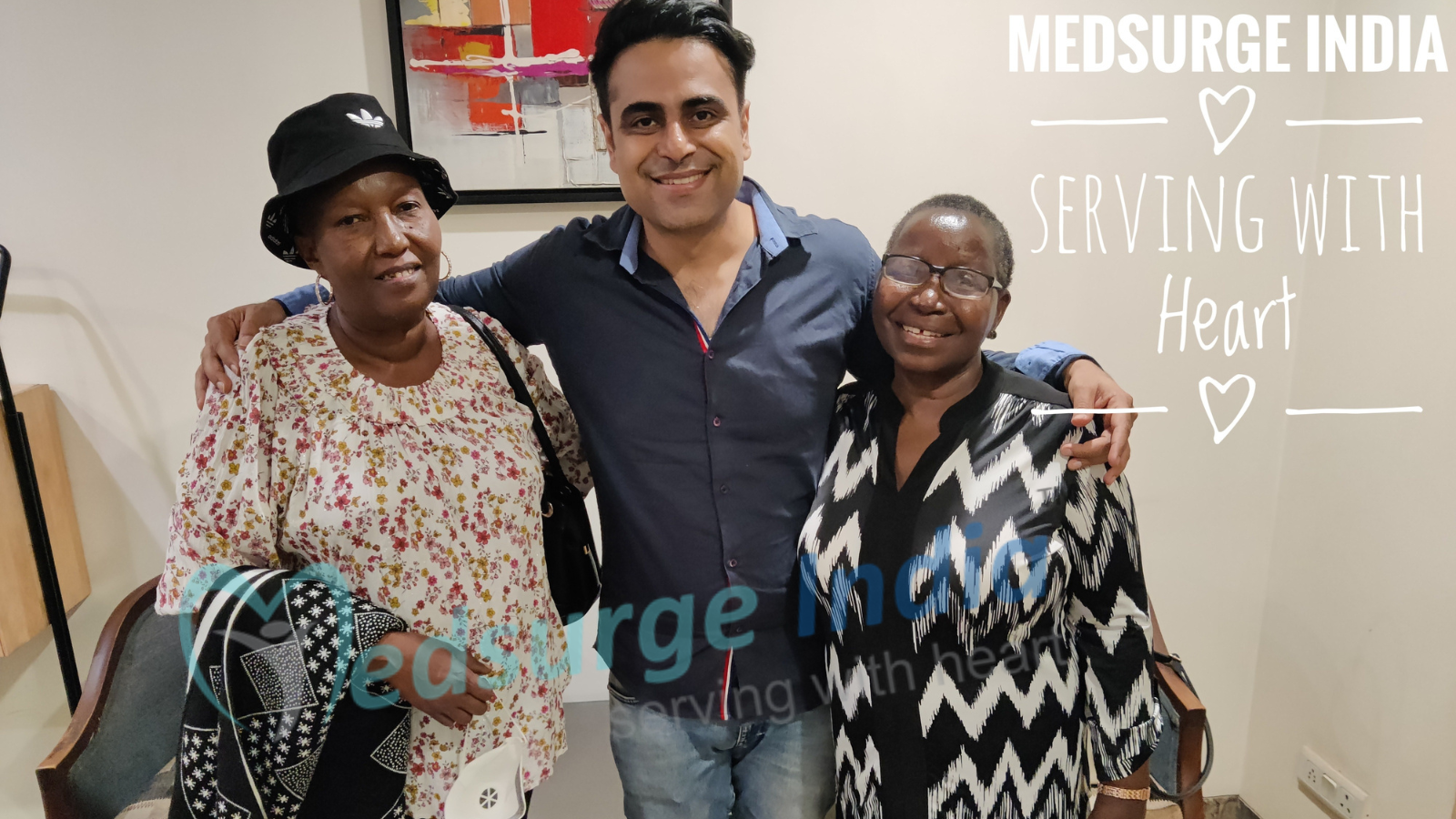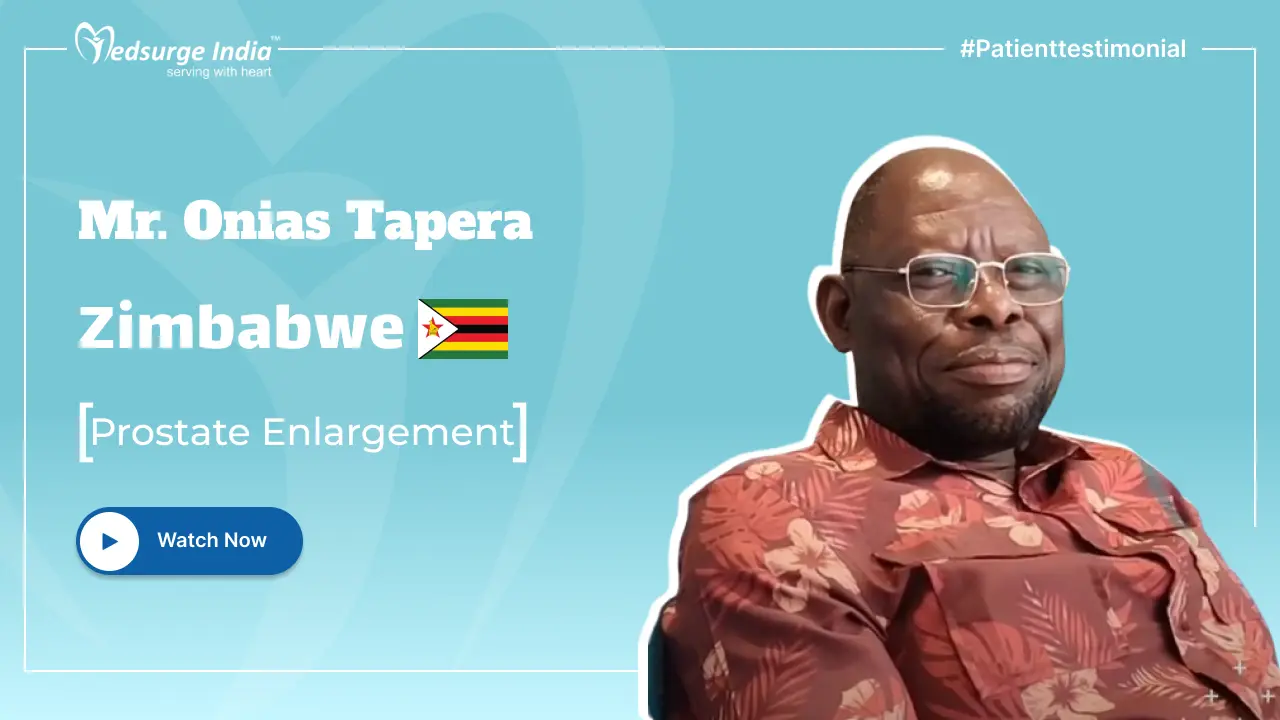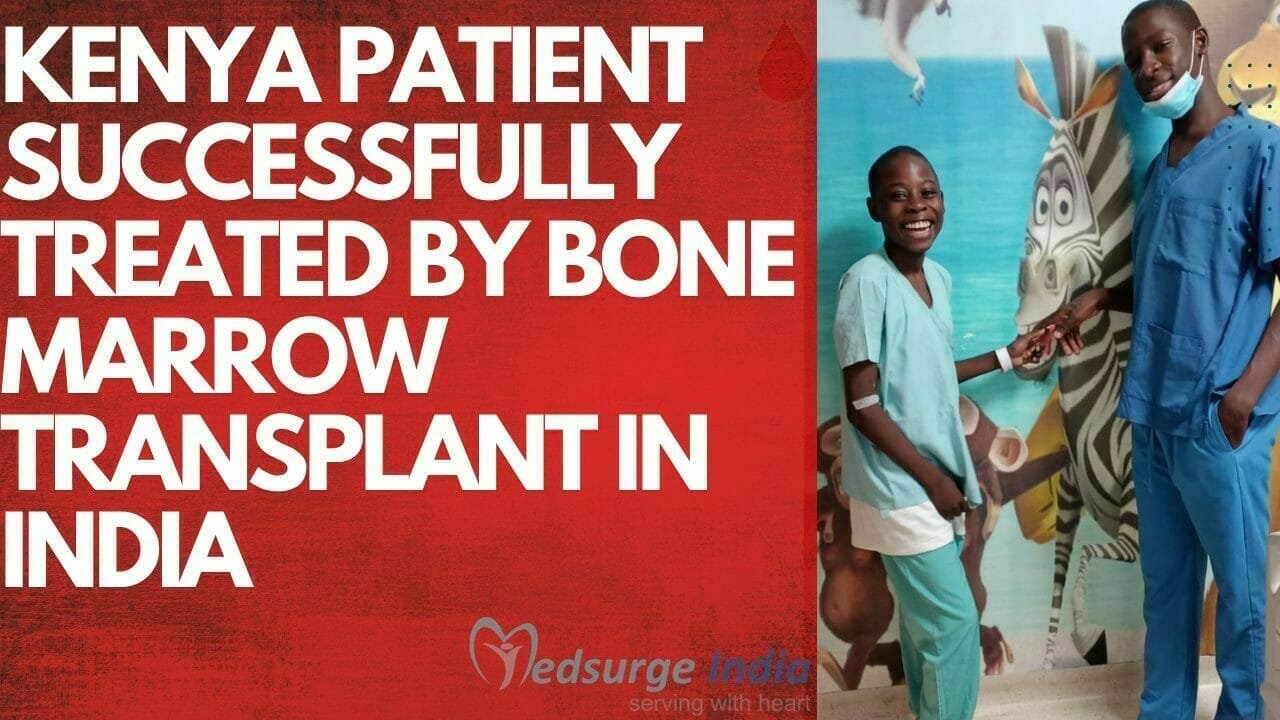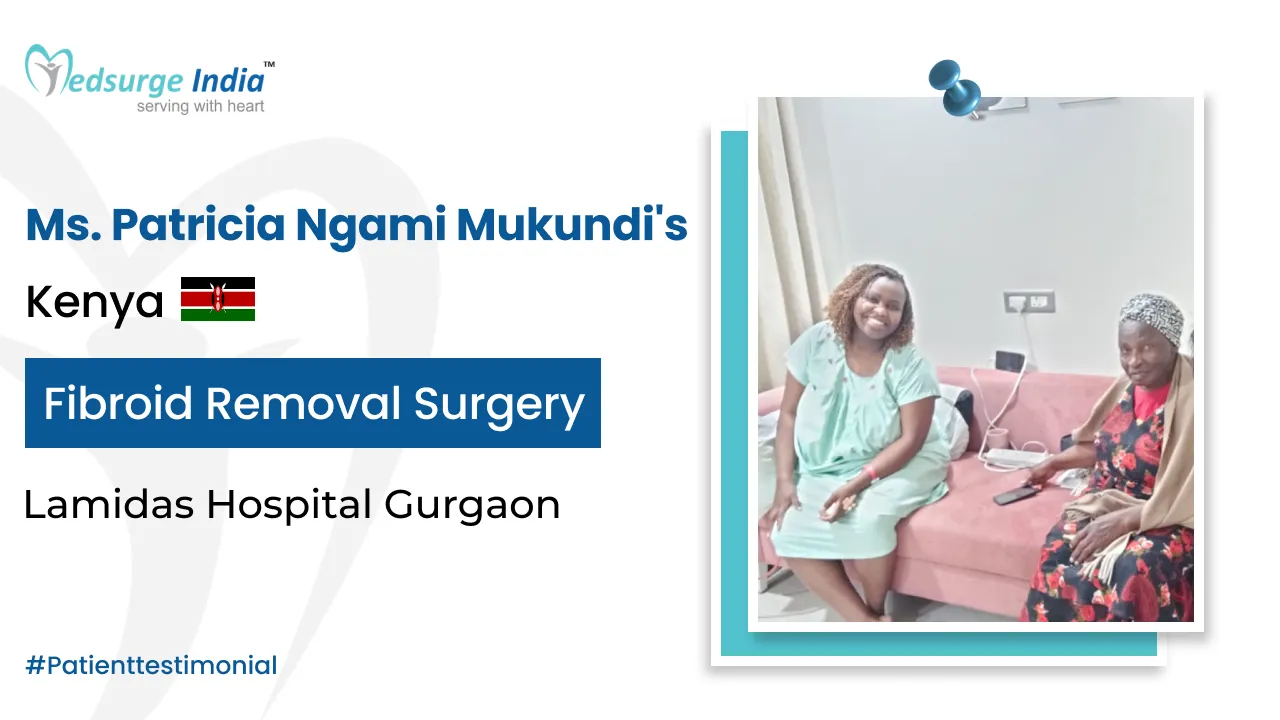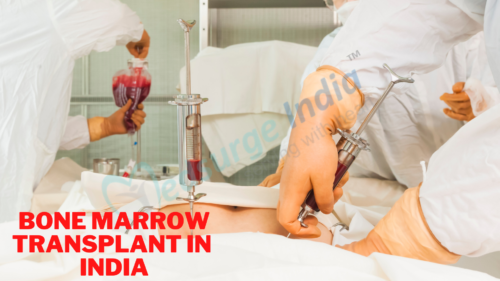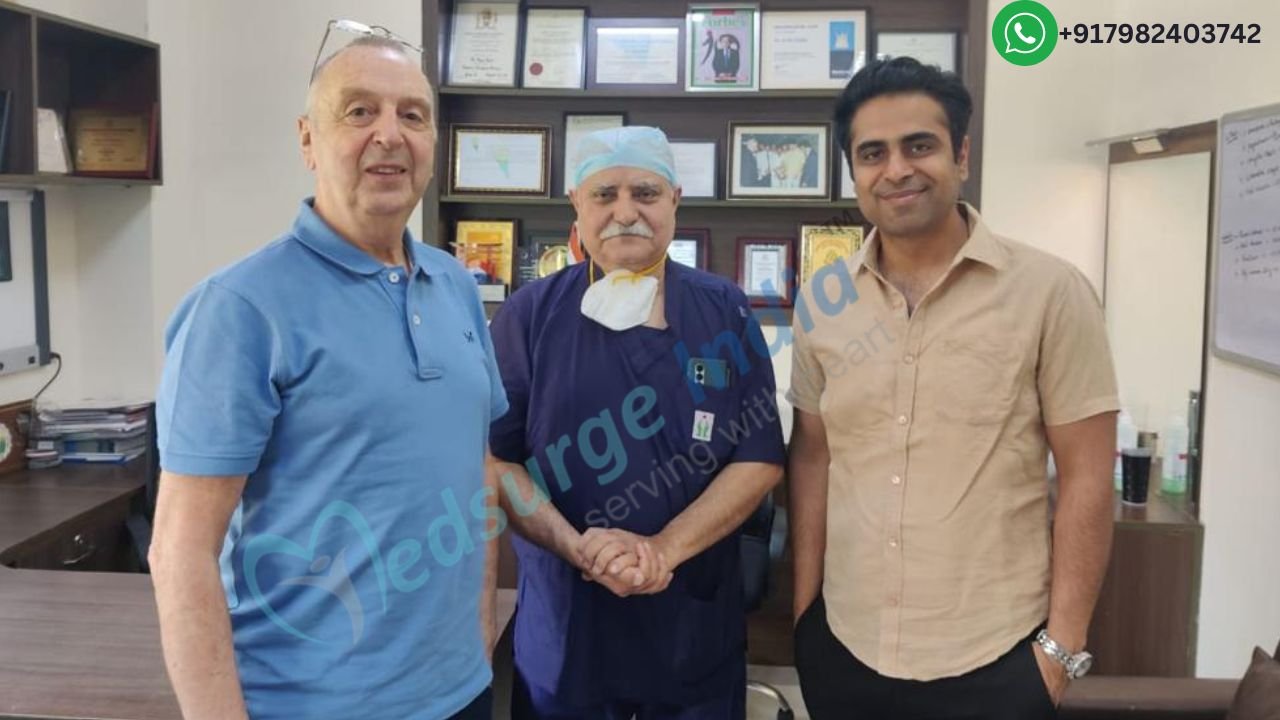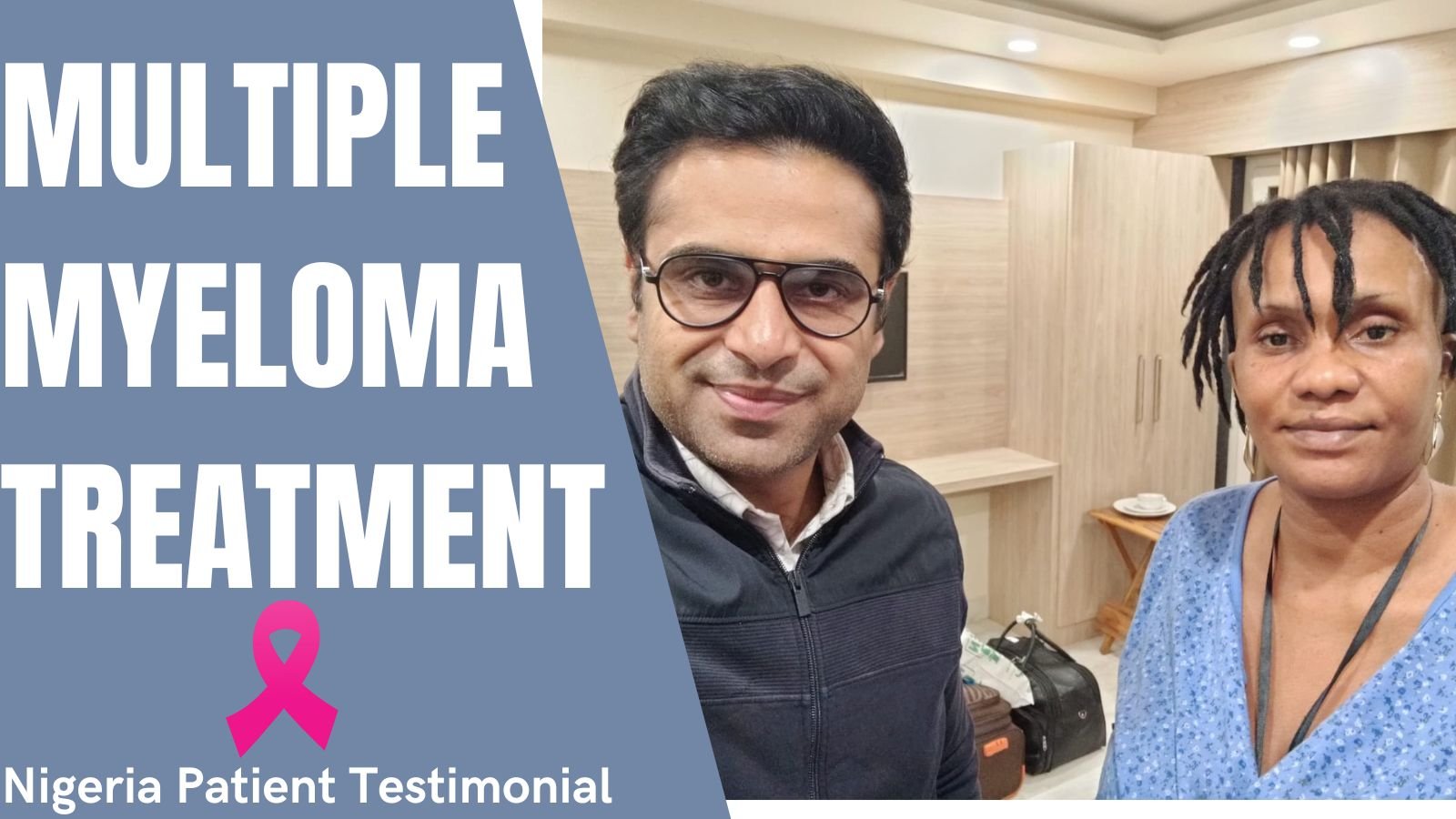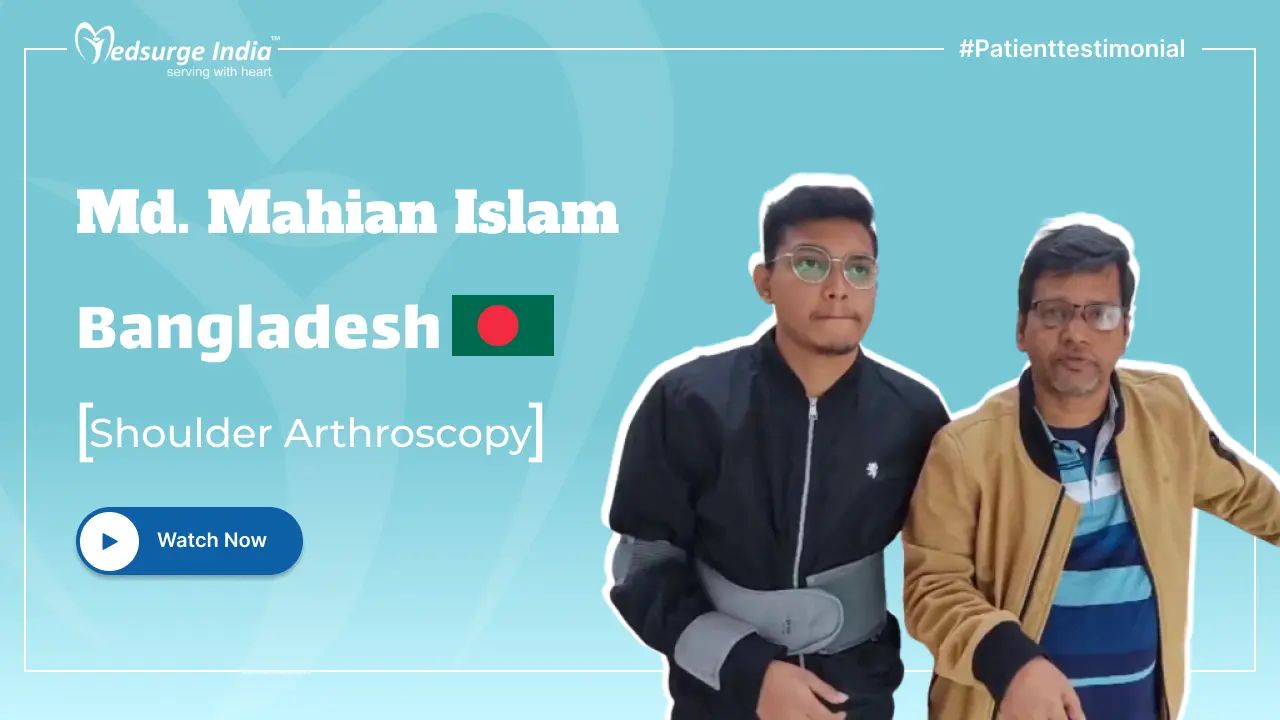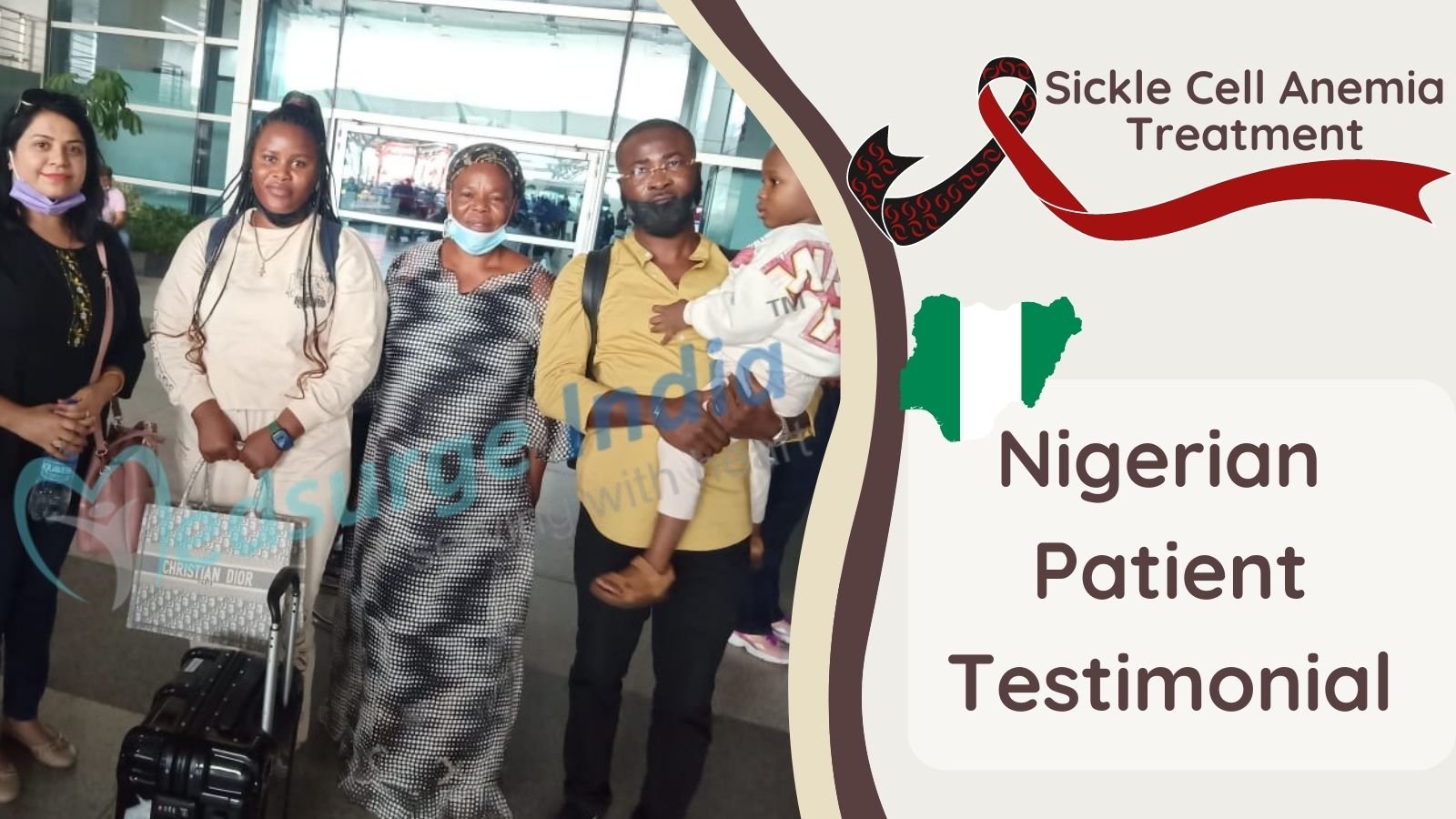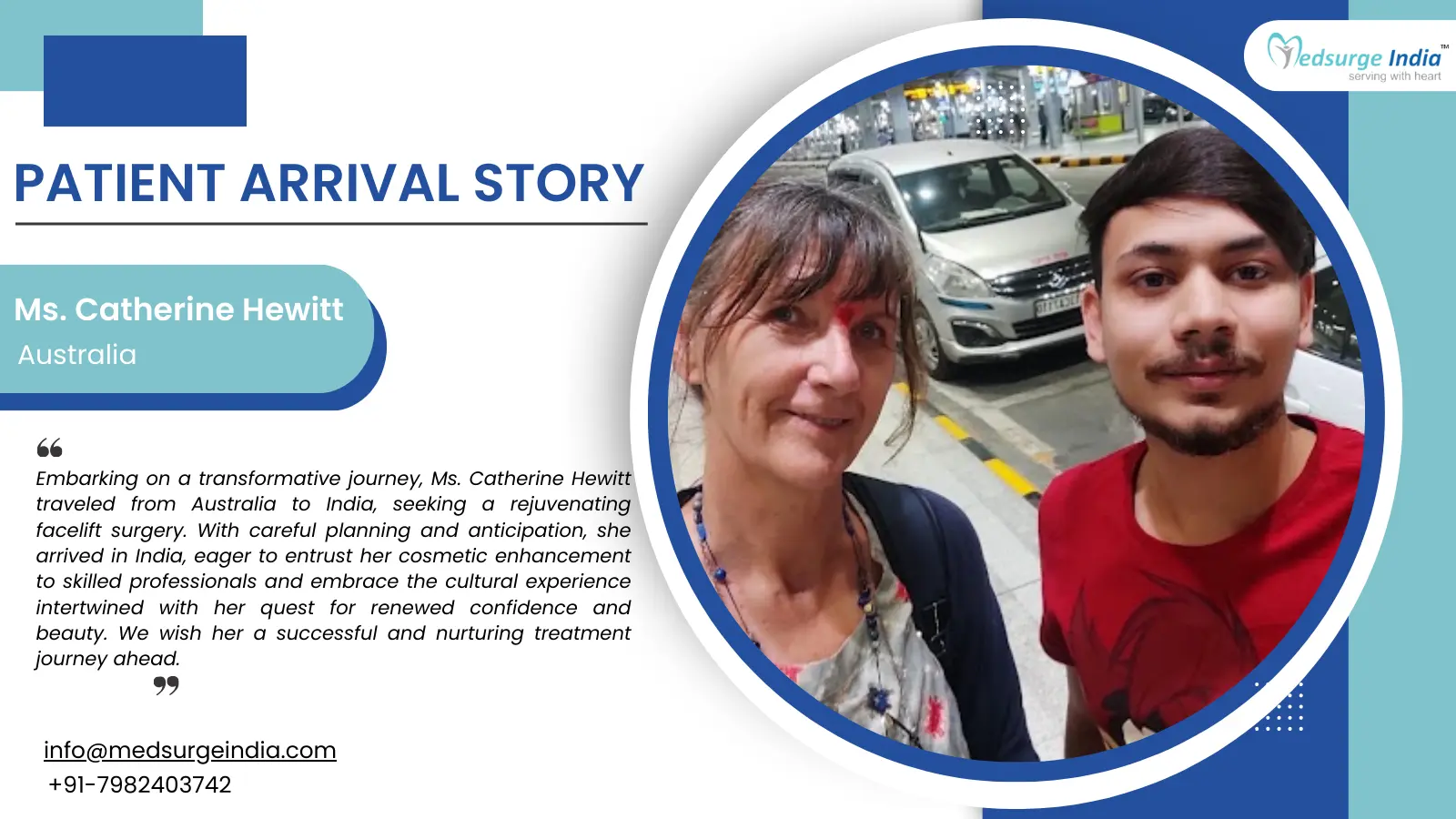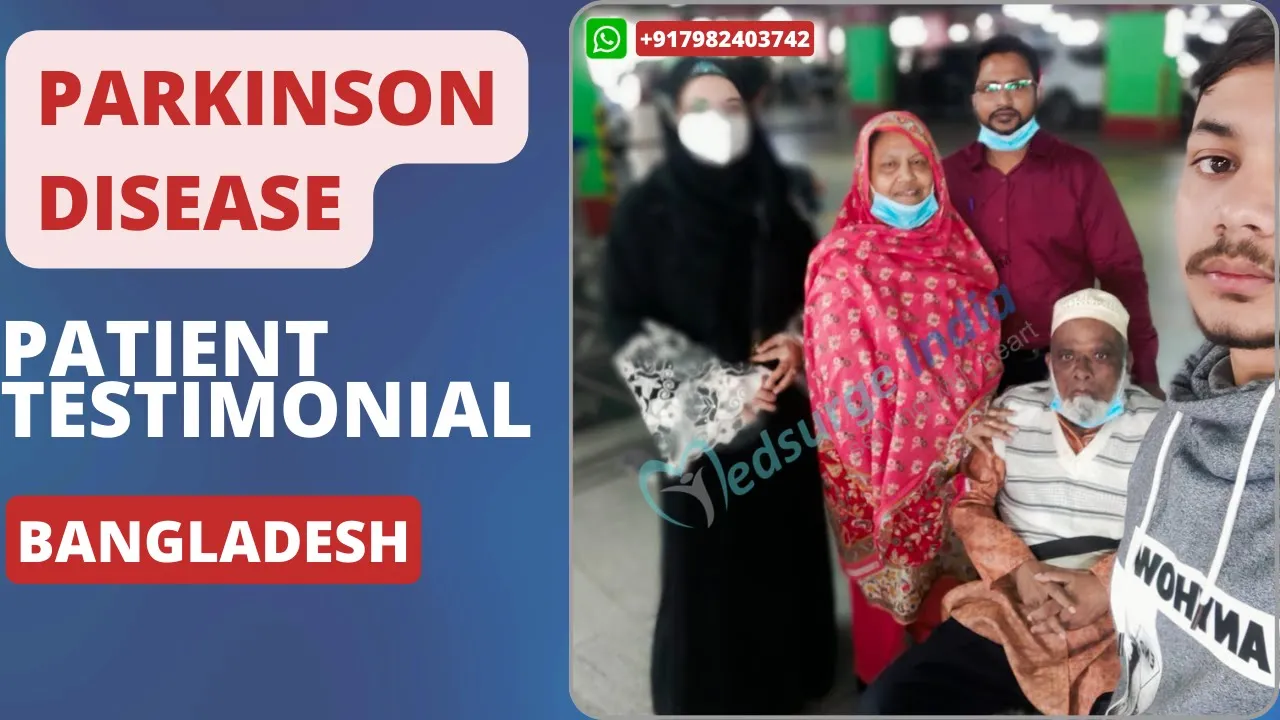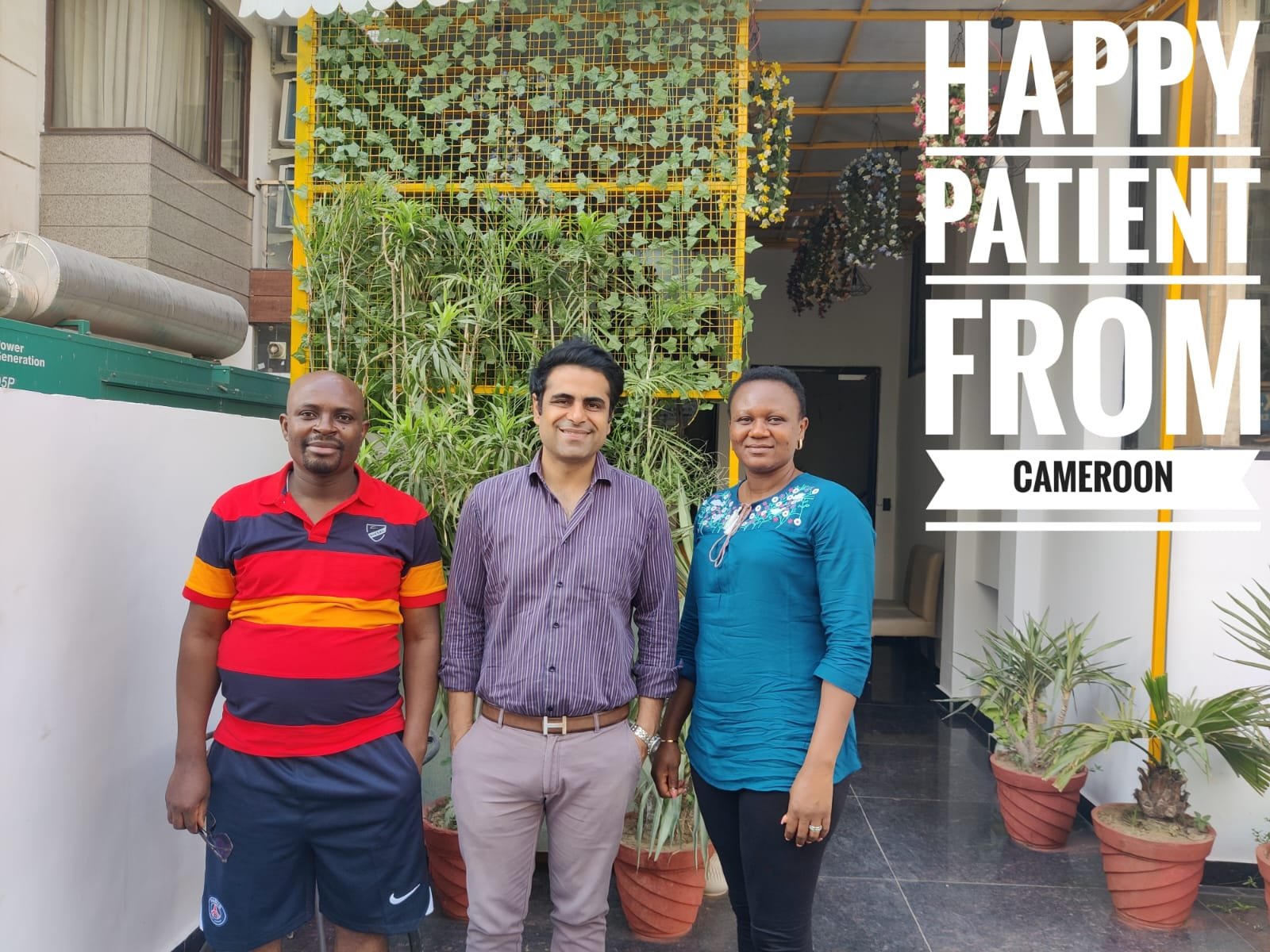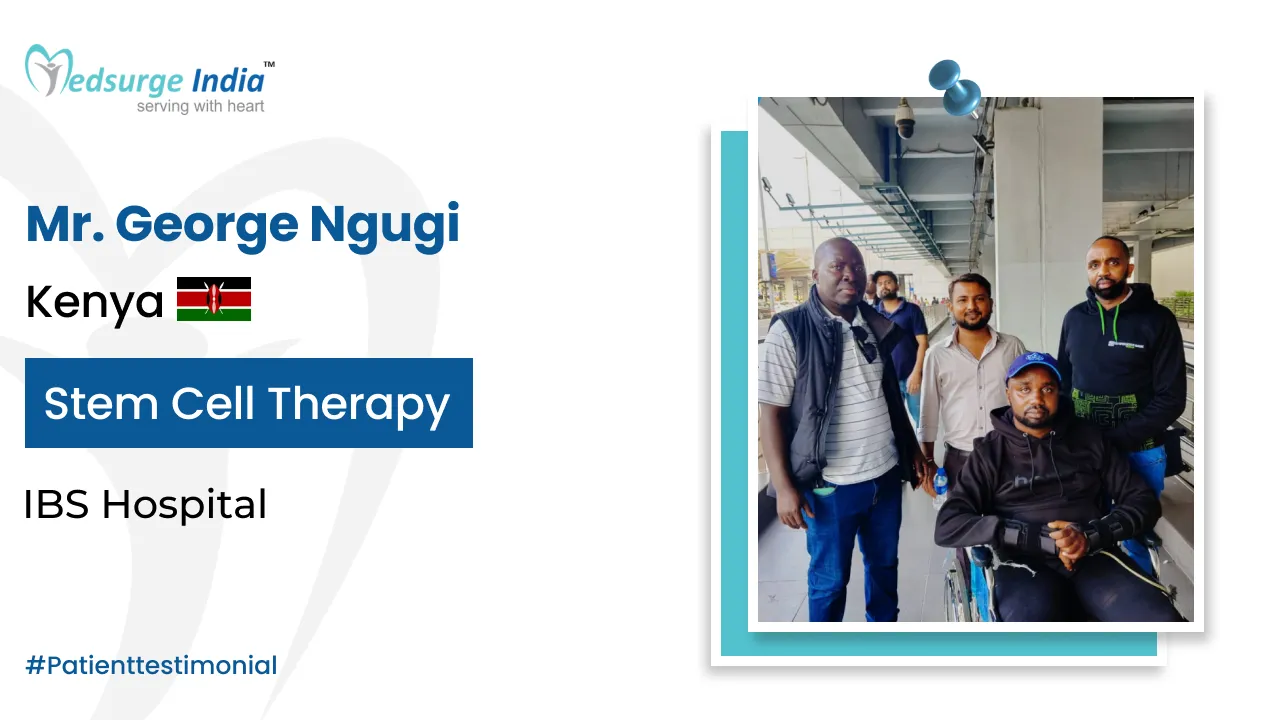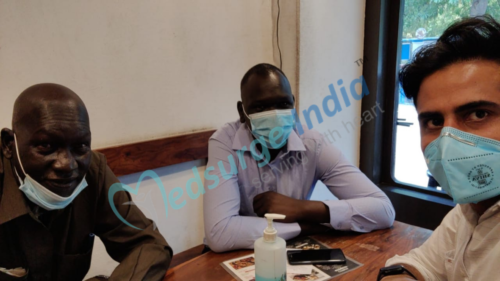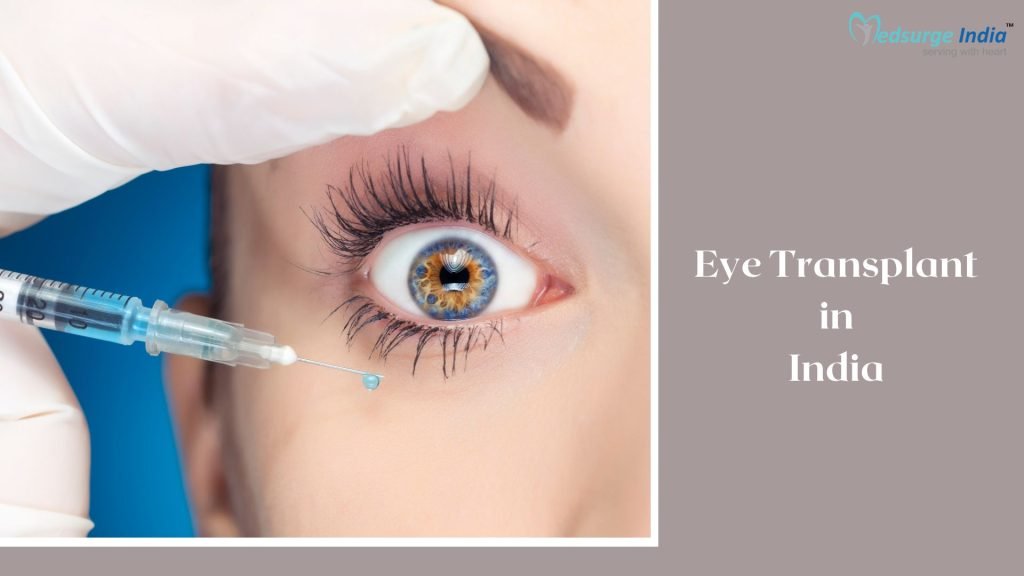
Millions of individuals worldwide suffer from irreparable vision loss, thus eye surgeons have been working for centuries to replace portions of the eye. There are some portions of the eye that can be effectively replaced with donor tissue, even if whole-eye transplants are presently not possible.The possibility of eye transplant in India is expanding as a result of developments in organ donation and transplantation. Researchers anticipate that whole-eye transplantation will be possible within a decade. For an eye transplant a donor cornea, also known as a corneal transplant, is most frequently given when someone claims to be undergoing an eye transplant. The cornea, the clear front component of the eye, aids in the concentration of light so that you can see. You may need to have the cornea replaced if it sustains damage. The eye transplant cost in India is quite low compared to other affluent nations. The accomplishment may be partially credited to the expertise of the ophthalmologist and the cutting-edge medical technology utilized in the best Indian hospitals. Along with these benefits, India is incredibly popular due to its inexpensive costs without compromising clinical standards.
What Is an Eye Transplant?
A corneal transplant or keratoplasty is another name for an “eye transplant”. Other times it is also referred to as a corneal transplant in India sometimes. An operation known as a “corneal transplant” involves replacing the patient’s damaged cornea with a donor’s healthy cornea. The cornea is the transparent, dome-shaped eye’s outermost layer. Light enters the eye through the cornea. It has a substantial impact on the eye’s ability to see well.
An eye transplant could:
- regain eyesight
- minimize discomfort
- enhance the look of a cornea that is diseased or damaged.
The majority of corneal transplant procedures in India are successful. However, sometimes there is a possibility of difficulties with cornea transplants, such as donor cornea rejection.
Eye Transplant Cost in India
Eye transplant Cost in India starts from INR 1,00,000 (1,200 USD). Comparatively speaking to other nations, India has far cheaper healthcare prices. Additionally, the level of medical care and services offered there are on par with those at the greatest hospitals in the world. In India, the total cost of an eye transplant might vary based on a variety of factors, including
- Depending on the hospital’s preferences, the cost of treatment packages may vary.
- The doctor’s knowledge and expertise in the area.
- The situation of the patient: The patient’s illness and whether additional treatment modalities are necessary for complete care.
- Hospitalization and travel time in the nation.
- Post-operative care is required.
- categorization of a hospital room.
Types of Eye Transplants
- Amniotic Membrane Transplantation (AMT).
- Eyelash transplants
- Tear duct replacement
- Retinal pigment epithelium transplant
Why Do People Opt for Eye Transplants?
Patients opt for a cornea/eye transplant to restore vision as the patient may have injured their cornea. This transplant can also alleviate discomfort or other symptoms brought on by corneal disorders. Several conditions, including the following, can be treated by a cornea transplant:
- The disorder known as keratoconus causes the cornea to bulge outward.
- A hereditary disorder called Fuchs dystrophy.
- Corneal thinning or tearing.
- Scarring of the cornea brought on by injury or illness.
- Inflammation of the cornea.
- Corneal ulcers that don’t react to the medicine.
- Complications brought on by earlier surgery on the eyes.
What Types of Diagnoses Suggest that I Could Require a Cornea Transplant?
A corneal transplant may be necessary for conditions that harm your corneas and limit your ability to see well. These circumstances include:
- Fuchs’ dystrophy is a disorder where the endothelial cells in the cornea’s inner layer die, causing the cornea to enlarge and thicken, and blur eyesight.
- Keratoconus, which makes the cornea conical rather than dome-shaped
- Infections that result in corneal damage that cannot be repaired
- Traumatic wounds that pierce or leave scars on the cornea
- Previous corneal damage from eye surgery
- Bullous keratopathy is a corneal swelling that resembles a blister that causes pain, discomfort, and impaired vision in the eyes
- Inflammation of the cornea brought on by bacteria, fungi, viruses, or parasites is known as keratitis.
What Types of Tests are Done Before Undergoing an Eye Transplant?
Before undergoing any type of surgery your doctor will first assign you some tests to check your symptoms so that the doctor can evaluate your condition prior to any treatment.
- Complete blood count (CBC)
- Lipid profile(cholesterol test)
- MRI scan
- X-ray
- General body weight
- Urine test
- Echocardiography
- Neurophysiological examination.
Get Free Cost Estimation
Procedure
How is a Corneal Transplant Performed?
One of three surgical procedures for cornea transplantation will be suggested by your physician. The procedure your doctor uses is determined by the reason for the corneal injury, the state of your cornea, and your particular requirements. A corneal transplant might not always help you see better, and your doctor could advise against the procedure.
No matter what kind of transplant you get, your replacement cornea will be an organ from a deceased human donor. Each donor cornea is put through a rigorous testing process to ensure that it is suitable for transplant. Three layers of tissue make up the cornea. Each surgical technique focuses on one or more distinct levels.
Penetrating keratoplasty – Another name for penetrating keratoplasty is full-thickness cornea transplantation. The current variation of this operation, which was created more than a century ago, continues to benefit thousands of patients annually. During this treatment, your doctor removes the entire center portion of the damaged cornea and replaces it with a donor corneal piece that is healthy and the same shape.
Deep anterior lamellar keratoplasty – Your doctor could do a partial thickness cornea transplant if the interior layer of your cornea is intact but the middle and outer layers are damaged. Your surgeon restores the inner and outer layers of your cornea with healthy corneal tissue during this procedure.
Endothelial keratoplasty – If the endothelium, the cornea’s innermost layer, is injured, this surgery could be helpful. Descemet’s membrane is the name given to this thin layer of endothelial tissue. Endothelial keratoplasty procedures are divided into two categories by surgeons:
- Descemet stripping automated endothelial keratoplasty (DSAEK)
- Descemet membrane endothelial keratoplasty (DMEK)
Each treatment involves the removal of unhealthy donor tissue and the replacement of damaged endothelium tissue. The endothelial keratoplasty methods need less or no sutures than the other keratoplasty techniques. The donor cornea is instead held in place by an air bubble. You will need to lie face-up for a few days following the procedure to allow the bubble to hold the corneal tissue in place, increasing the likelihood of success. The donor corneal thickness varies between DSAEK and DMEK; DSAEK is thicker while DMEK is thinner. Which type of transplant is most appropriate for your particular eye disease will be decided by your surgeon.
Before Surgery
Your medical history will be reviewed, your queries will be addressed, and the surgical plan will be confirmed by your doctor and the anesthetic staff. Based on your medical condition and what you and your doctor have agreed upon, the anesthesia staff will either sedate you or give you general anesthesia, which will render you unconscious. A numbing agent will be injected into the eye. The actual process is an outpatient one (you will not be staying at the hospital or eye center). The procedure usually can last less than 2 hours.
After Surgery
- The eye will stay red, slightly inflamed, and sensitive to light for the first several days following surgery. To assist manage the discomfort, the doctor will prescribe over-the-counter painkillers. After the procedure, an eye patch will be placed over the eye to safeguard it. The eye patch must be worn when sleeping or taking a shower.
- A direct impact on the eye might result from a number of different activities, all of which should be avoided.
- For a few days following surgery, it is advised for patients who underwent endothelial transplants to lie on their backs with their faces up.
- Usually 24 to 48 hours after surgery, a follow-up appointment will be set up with the surgeon. The surgeon will take off the eye patch to see how well the eye is recovering.
- To aid with the recovery, eye drops and ointments will be advised. Typically, these eye drops and other medications contain corticosteroids to lessen inflammation and swelling as well as antibiotics to prevent infection. Steroids also aid in avoiding rejection.
- Depending on the type of stitches and the surgical procedure utilized, stitches could need to be removed. If sutures do need to be taken out, it can take many months.
- To help safeguard your eyes, your surgeon may advise you to wear glasses or other types of protective eyewear for a while. You shouldn’t rub or press on your eyes while you’re healing. Rubs have the potential to harm and prevent healing.
How to Choose a Hospital in India for Eye Transplant?
Hospitals that treat eyes are widely renowned for their patient care and hospitality offerings. These facilities are home to some of India’s top ophthalmologists and experts in their areas. It could be challenging for a foreign patient to select a reputed hospital for treatment. It is an important choice that needs to be made while keeping a number of things in mind, like:
- Accreditations and certifications for excellence
- Location of the hospital and the transit hub
- The medical and surgical staff
- Modern diagnostic and treatment tools
- Overseas medical help
How Can Medsurge India Help?
Medsurge India is a prestigious support system for patients looking for doctors, hospitals, and specialized treatments. We’ll find the most suitable medical options for you. Regarding your medical issues, our team will give you a list of certified, reputable, and trusted doctors and hospitals. Additionally, we offer a treatment strategy that fits your budget. Apart, we assist patients with obtaining travel authorizations, medical visas, and a multitude of other things
The Most Important Frequently Asked Questions
Q: Is It Possible to Have Your Eyes Transplanted?
A: An entire eye cannot currently be transplanted. Ophthalmologists, on the other hand, can transplant a cornea. When someone says they’re getting an “eye transplant,” they’re probably talking about a donor cornea, which is the clear front part of the eye that helps focus light so you can see.
Q: Is It Possible to Transplant Eyes into a Blind Person?
A: These nerve fibers cannot be reconnected once they have been severed. That is why transplanting an entire eye is impossible. Even if a surgeon were able to implant the eye into the eye socket, the eye would still be unable to send signals to the brain via the optic nerve and thus would not provide sight.
Q: How Long Are Eye Transplants Effective?
A: Most cornea transplants are successful and will function normally for at least ten years.
Q: What Portion of the Eye Is Donated After Death?
A: cornea Donated eyes benefit only people who are legally blind in the cornea. Corneal blindness is the loss of vision caused by damage to the cornea, the tissue that covers the front of the eye. Anyone, regardless of age, gender, or blood group, can donate their eyes. Within an hour of death, the cornea should be removed.
Q: Can Artificial Eyes See?
A: Current human prosthetic eyes include electrodes that stimulate the retina’s output cells, known as ganglion cells, which are frequently preserved even when the rest of the eye’s hardware is destroyed by diseases that cause blindness. However, these stimulators only enable the blind to see hazy visual fields.
Top Hospitals for Eye Transplant In India
Top Doctors for Ophthalmology
Dr. Shardini Vyas
Consultant
Experience: 27 years of experience
Centre for Sight Eye Hospital Sapna Sangeeta
Indore, India
Dr. Avinash Bagzai
Senior Consultant
Experience: 10 years of experience
Centre for Sight Eye Hospital Sapna Sangeeta
Indore, India
Dr. Sunil Moreker
Senior Consultant
Experience: 25 years of experience
Fortis Hiranandani Hospital, Vashi
Mumbai, India
Dr. JB Singh
Senior Consultant
Experience: 35 years of experience
Centre for Sight Eye Hospital, Sector 29, Gurgaon
Gurgaon, India
Dr. Carreen Pakrasi
Director
Experience: 30 years of experience
Medanta – The Medicity, Gurgaon
Gurgaon, India
Dr. Nilufer Sultana
Consultant
Experience: 10 years of experience
Centre for Sight Eye Hospital, Kukatpally, Hyderabad
Hyderabad, India
Dr. Parul Sharma
Director
Experience: 24 years of experience
Max Super Specialty Hospital Gurgaon
Gurgaon, India
Dr. Charu Chaudhary
Consultant
Experience: 8 years of experience
Apollo Medics Super Speciality Hospital, Lucknow
Lucknow, India
Dr. Paresh Vaidya
Director
Experience: 25 years of experience
Centre for Sight Eye Hospital, Rander Road, Surat
Surat, India
Dr. Svati Bansal
Consultant
Experience: 16 years of experience
Medanta – The Medicity, Gurgaon
Gurgaon, India
Dr. Mahesh Mathur
Senior Consultant
Experience: 36+ years of experience
Eye Q Super Speciality Eye Hospital, Subhash Nagar, Haldwani
Haldwani, India
Maj Gen (Dr) JKS Parihar (Retd)
Senior Consultant
Experience: 35 years of experience
New Delhi, India
Dr. Bibhas H Shah
Consultant
Experience: 32 years of experience
Centre for Sight Eye Hospital, Akota, Vadodra
Vadodara, India
Dr. Renuka Sharma
Experience: 32+ years of experience
NH MMI Narayana Superspeciality Hospital, Lalpur, Raipur
Raipur, India



